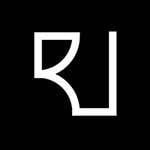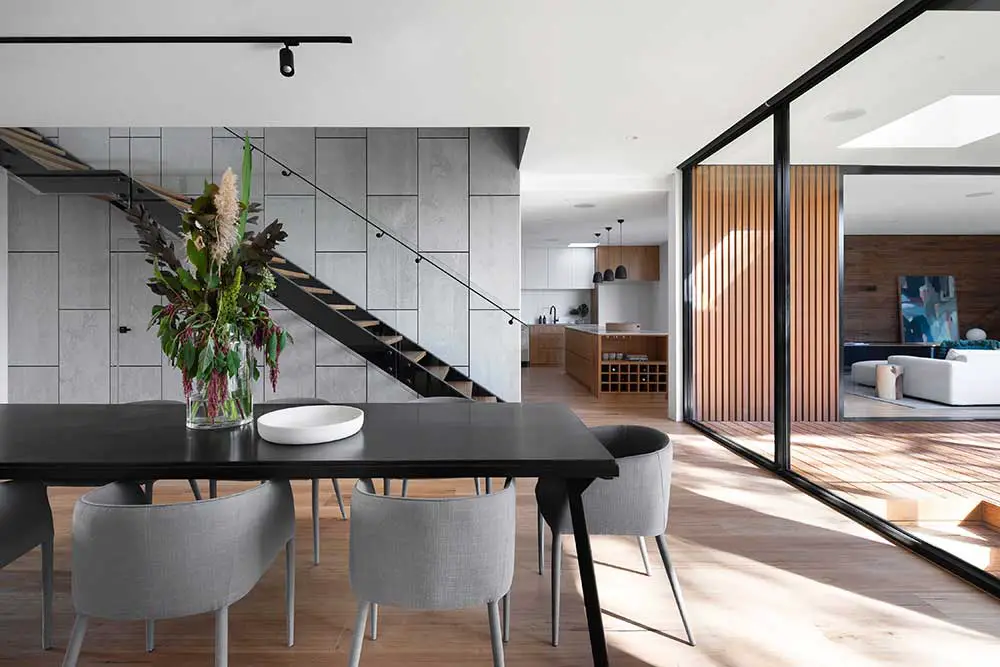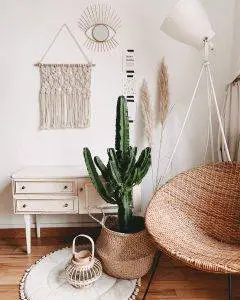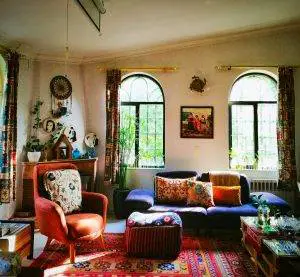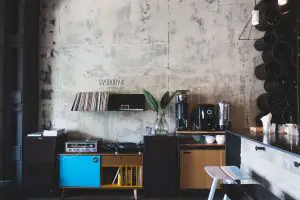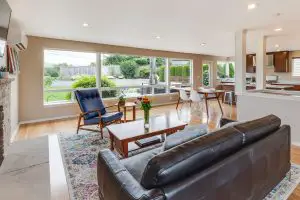It is a common misconception that contemporary and modern interior designs are completely linked together. While there are similarities between the two designs. There are also many differences between them.
To help you with your next interior design project, we are going to break down the differences between modern and contemporary designs.
Contemporary Interior Design
The definition of contemporary design is “living or occurring at present.”
This design dates back to the 1970s, so you can expect to see a tribute to the past mixed with current trends. You also have the opportunity to add elements from other styles, giving you more freedom when decorating your space.
When decorating with a contemporary style, keep in mind that the styles are always changing. Even with paying homage to past styles, you are still focusing on the design trends of today. In addition, you may notice neutral shades, curved lines and minimalism in contemporary interior design.
Modern Interior Design
Now, the modern design has links to Scandinavian and German design and architecture, allowing you to pay homage to the past with this design as well. It can be defined as a reflection of modern art movements inside the home.
You can find earthy tones and monochromatic colors with pops of accent colors, as well as neutral materials such as glass, metal, steel and plain fabrics.
In addition, this interior design is also full of clean lines. It is the opposite of designs that use a lot of carvings, textures and wood tones.
If you are looking for a simple design without unnecessary details, modern interior design is a great fuss-free option.
Also read; Design Tips for a Large Modern Living Room
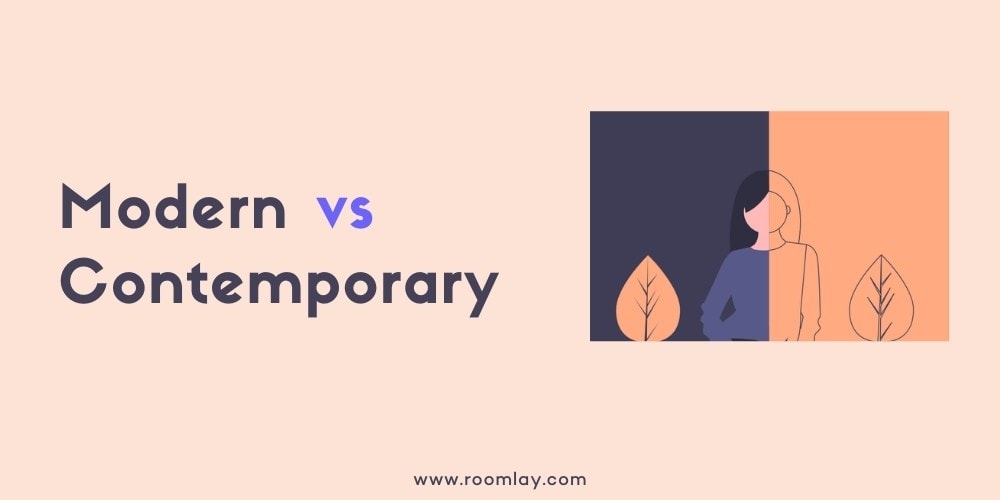
The Similarities Between Modern and Contemporary
Fuss-Free Design
- Both designs keep the aesthetics to a minimum to create a fuss-free design.
- There are more clean lines and less glamour, as this creates an elegant, timeless style.
- They do not rely on too many elements or ornate designs.
- They prefer to create a clutter-free space.
Exposed Furniture Legs
- In contemporary and modern designs, you are going to find exposed legs and slim bases on the furniture, and this includes your sofa, ottoman and chairs.
- The pieces are paired with natural wood and exposed glass and metal elements, such as a wood end table with a metal base, as well as exposed beams on the ceiling.
Open Space Concept
- Another similarity between both designs is the open space concept.
- Your living room is going to merge with your kitchen, or your kitchen is going to merge with your dining room, or your home may include all three spaces merging together. The result is an open, airy and comfortable home.
The Differences Between Modern and Contemporary
Style Concept
- Contemporary interior design focuses on living in the moment, and it is constantly changing.
- It also draws inspiration from different styles and eras.
- The modern interior design focuses on clean lines, balance and minimalism to create a more strict style.
Color Palette
- The modern design focuses on natural tones, earthy hues and warm neutrals, such as green, brown, rust and turquoise.
- The contemporary design focuses on a monochromatic scheme of black, white and gray, creating a more strict palette. It may include a few saturated tones, such as red, orange and indigo.
Materials and Elements
- In a modern design, you are going to look to natural materials such as wood, stone, leather and earth-friendly elements.
- You are also focusing on natural materials in a contemporary design. But the materials include steel, concrete and industrial-inspired elements.
Furniture Design
- When furnishing a modern design, the focus is mainly on straight lines, while the contemporary design is focused on curved lines.
- You can also find metals such as chrome and nickel on your contemporary furniture.
Decor and Function
- The decorative pieces in a modern design are usually functional and serve a purpose, while the main goal of contemporary decor is to add an aesthetic to the room.
When you are ready to upgrade your space, use the information on contemporary and modern designs to choose a style for your home.
